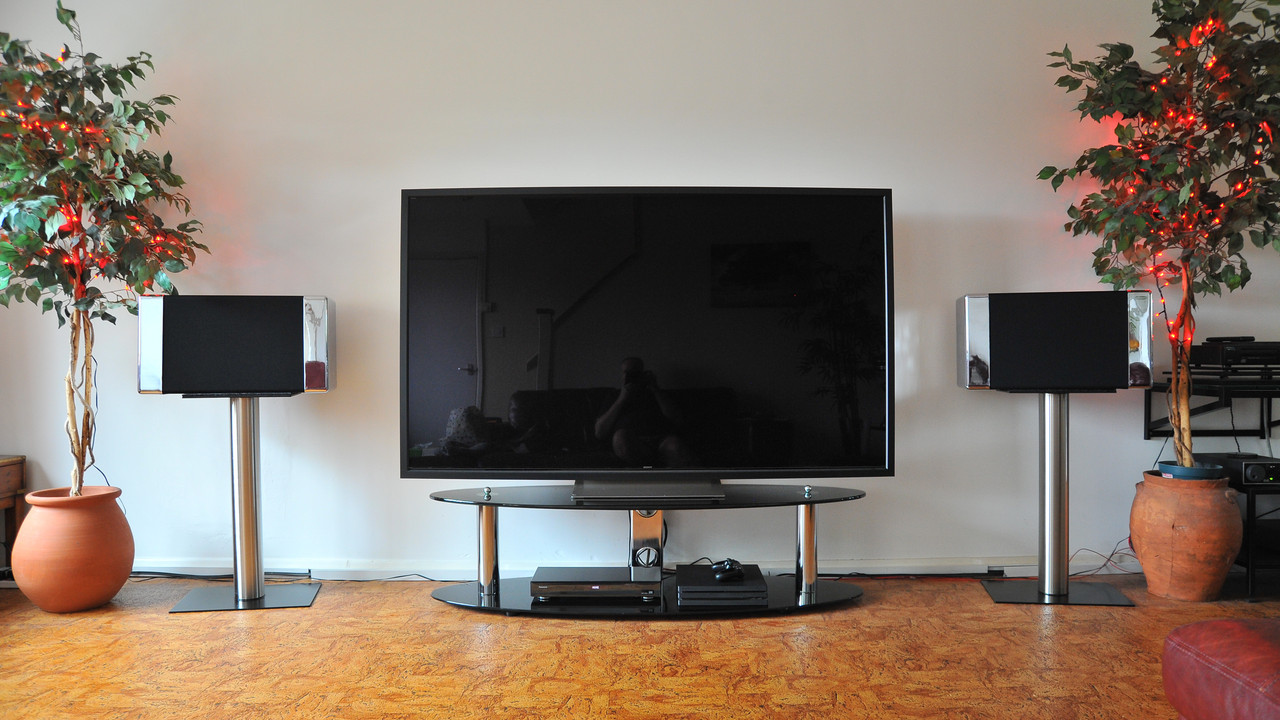nws56
pfm Member
No, it's not another restoration story. The Mr Tibbs thread on here has already covered that in detail.
But what no-one has done has upgrade an already 'restored' pair incrementally, finding out the most effective areas to improve.
Some of these will cost absolutely nothing.
Some may stray into boutique territory.
Some may be an utter waste of time - both mine and yours if you stick around to read about it.
But come with me anyway, gentle reader, and hand in trembling hand we will find out together.
Stage 1 : External crossover - Rating * - Value for money rating 10/10
2 : 3 :
4 :
5 :
6 :
7 :
8 :
9 :
10 :

From the front you cannot tell that the crossover is mounted externally.

A plywood blanking plate was glued to a replacement crossover board inside the speaker.

M6 threaded rod was hammered in to facilitate mounting the new crossover board.

The existing pc board has been temporarily lashed to the new board, but will eventually be discarded when point to point wiring is implemented.
But what no-one has done has upgrade an already 'restored' pair incrementally, finding out the most effective areas to improve.
Some of these will cost absolutely nothing.
Some may stray into boutique territory.
Some may be an utter waste of time - both mine and yours if you stick around to read about it.
But come with me anyway, gentle reader, and hand in trembling hand we will find out together.
Stage 1 : External crossover - Rating * - Value for money rating 10/10
2 :
4 :
5 :
6 :
7 :
8 :
9 :
10 :

From the front you cannot tell that the crossover is mounted externally.

A plywood blanking plate was glued to a replacement crossover board inside the speaker.

M6 threaded rod was hammered in to facilitate mounting the new crossover board.

The existing pc board has been temporarily lashed to the new board, but will eventually be discarded when point to point wiring is implemented.

